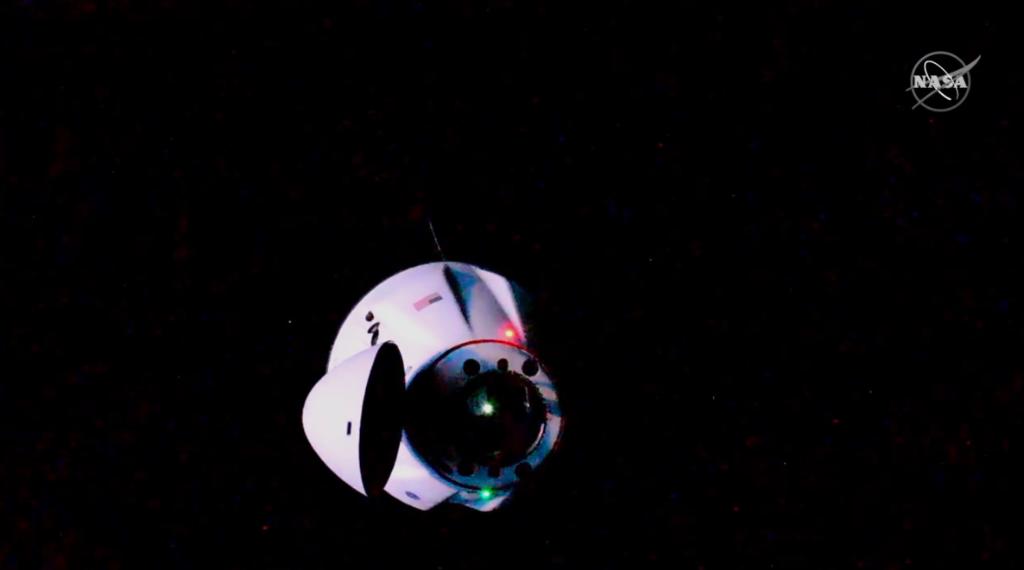
For SpaceUpClose.com & RocketSTEM
KENNEDY SPACE CENTER, FL – Following a nearly two day orbital chase after blasting off from the Kennedy Space Center on Thursday, June 3 a brand new SpaceX Commercial Cargo Dragon successfully docked at International Space Station (ISS) early this morning Saturday, June 5 and delivered some 7300 pounds of new NASA science research on water bears and squid as well as the first set of new solar arrays to augment the power grid of the 20 year old outpost for its seven member resident multinational crew
While the International Space Station was soaring about 258 miles (415 kilometers) over the South Pacific Ocean, a SpaceX Dragon cargo spacecraft autonomously docked to the space-facing side of the orbiting laboratory’s Harmony module at 5:09 a.m. EDT (0908 GMT), Saturday, June 5, as seen on a live NASA TV broadcast.
The @SpaceX #Dragon docked to the Harmony module's space-facing port at 5:09am ET this morning while traveling more than 250 miles over the South Pacific ocean. More… https://t.co/jg2dpEUgrW pic.twitter.com/IlvuXAH54j
— International Space Station (@Space_Station) June 5, 2021
NASA astronauts Shane Kimbrough and Megan McArthur monitored docking operations for Dragon from inside the station in the domed Cupola module.
The @SpaceX #Dragon resupply ship is approaching the station with more than 7,300 pounds of crew supplies, science experiments, and new solar arrays to augment the orbital lab’s power system. https://t.co/cBNqC5JGaz pic.twitter.com/3Gg9rC9V9i
— International Space Station (@Space_Station) June 5, 2021
Liftoff of the newly manufactured two stage 215-foot-tall (65-meter) Falcon 9 on the NASA SpaceX CRS-22 Cargo Dragon to the ISS took place at 1:29 p.m. EDT (1729 GMT) on June 3 from Launch Complex-39A on NASA’s Kennedy Space Center in Florida during an instantaneous launch window.
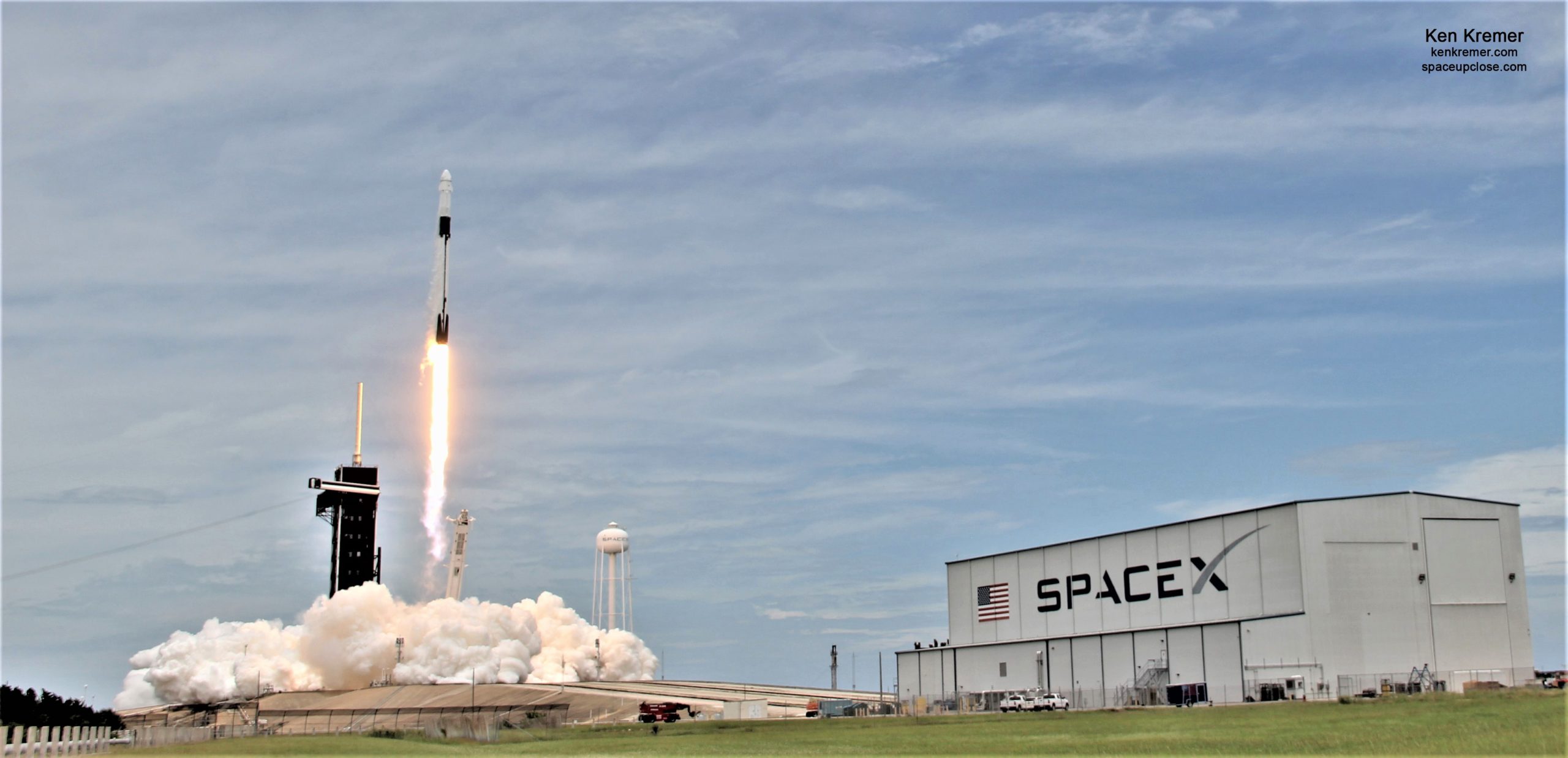
This 22nd contracted resupply mission for SpaceX designated CRS-22 is on a delivery run packed with over 3.6 tons of supplies of science, research, experiments including water bears and squid, crew supplies, and vehicle hardware, including the new ISS Roll-out Solar Arrays (iROSA) housed in the Dragon trunk section, to the orbital laboratory and its Expedition 65 crew.
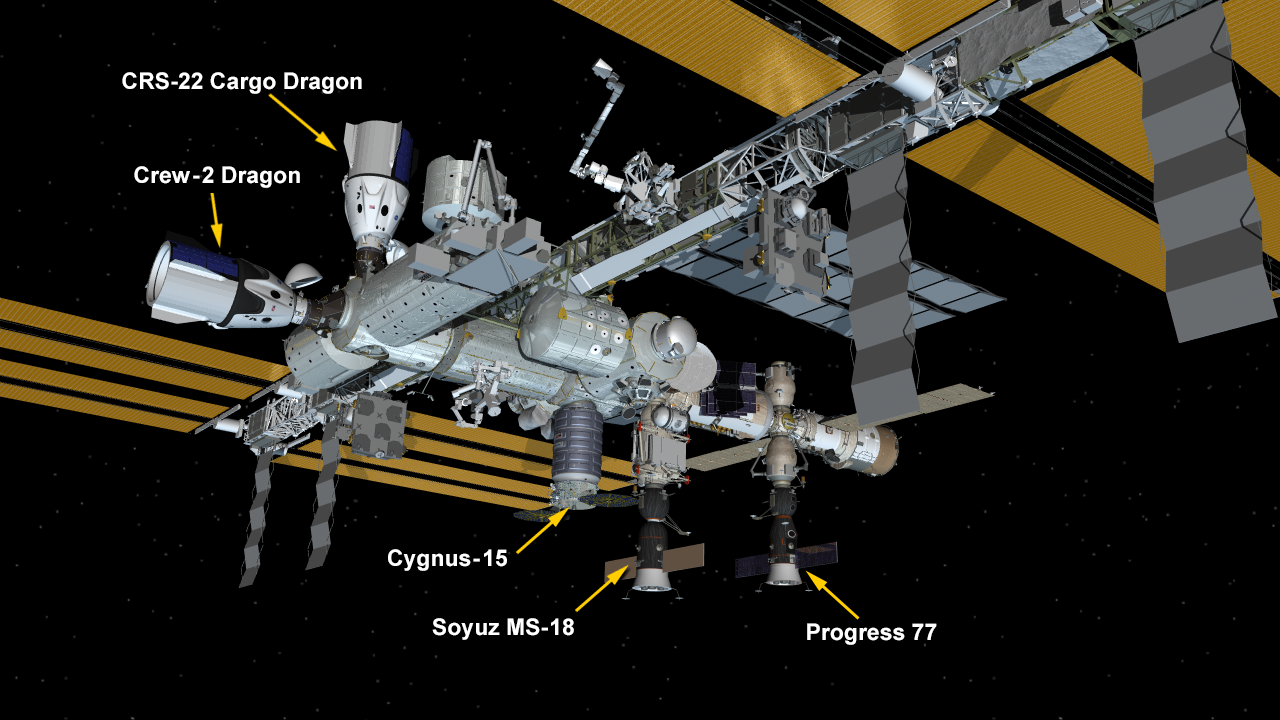
And the astronauts will begin unpacking the precious cargo
Usually we clean up the @Space_Station on Saturday, but yesterday we had a new arrival: the @SpaceX #CargoDragon, so we spent all day unpacking. Some experiments need immediate attention, so after unpacking we got to work on the #science too! #MissionAlpha https://t.co/T6bsm8xs5T pic.twitter.com/6nAaTKl8KL
— Thomas Pesquet (@Thom_astro) June 6, 2021
The robotic Canadarm2 will be used to extract the arrays and astronauts will install them during a pair of spacewalks planned for June 16 and 20.
Five visiting spaceships are currently parked at the space station including the SpaceX Crew Dragon from Crew-2 and the Cargo Dragon CRS-22 vehicles, Northrop Grumman’s Cygnus-15 resupply ship, all three from the United States, and Russia’s Progress 77 resupply ship and Soyuz MS-18 crew ship.
The Cargo Dragon freighter is a very close variant based on the design of SpaceX’s new Crew Dragon human rated space ship – but minus the SuperDraco abort thrusters and some life support equipment.
Cargo Dragon docked autonomously at the space-facing side (zenith) port of the station’s Harmony module.
This 22nd cargo delivery mission for NASA to the ISS also marks SpaceX’s 17th launch of 2021 – a remarkable unrelenting launch cadence enabled by the routine use of recovered and recycled Falcon 9 first stages.
After Dragon spends about one month attached to the space station, the spacecraft will return to Earth via an ocean splashdown with about 5300 pounds of critical science and hardware for teams on Earth.
Among the science experiments Dragon is delivering to the space station is this description from NASA:
Symbiotic squid and microbes
The Understanding of Microgravity on Animal-Microbe Interactions (UMAMI) study uses bobtail squid and bacteria to examine the effects of spaceflight on interactions between beneficial microbes and their animal hosts. This type of relationship is known as symbiosis. Beneficial microbes play a significant role in the normal development of animal tissues and in maintaining human health, but gravity’s role in shaping these interactions is not well understood. This experiment could support the development of measures to preserve astronaut health and identify ways to protect and enhance these relationships for applications on Earth.
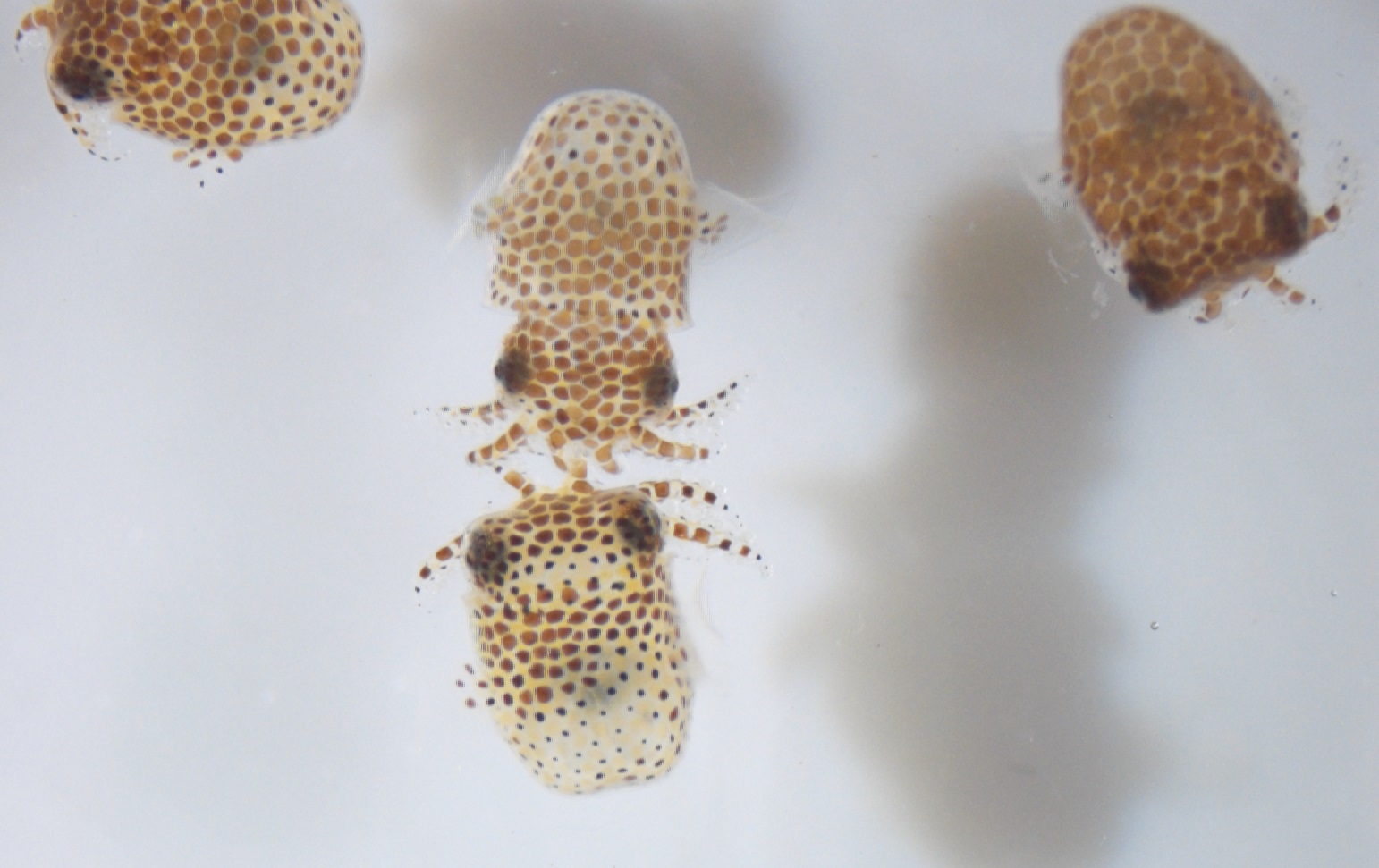
Producing tougher cotton
Cotton is used in many products, but its production uses significant amounts of water and agricultural chemicals. The Targeting Improved Cotton Through On-orbit Cultivation
(TICTOC) study focuses on improving cotton’s resilience, water-use, and carbon storage. On Earth, root growth depends upon gravity. TICTOC could help define which environmental factors and genes control root development in microgravity. Scientists could use what they learn to develop cotton varieties that require less water and pesticide use.
Water bears take on space
Tardigrades, also known as water bears for their appearance when viewed under a microscope, are creatures that can tolerate extreme environments. The Cell Science-04 experiment aims to identify the genes involved in water bear adaptation and survival in these high-stress environments. The results could advance scientists’ understanding of the stress factors that affect humans in space.
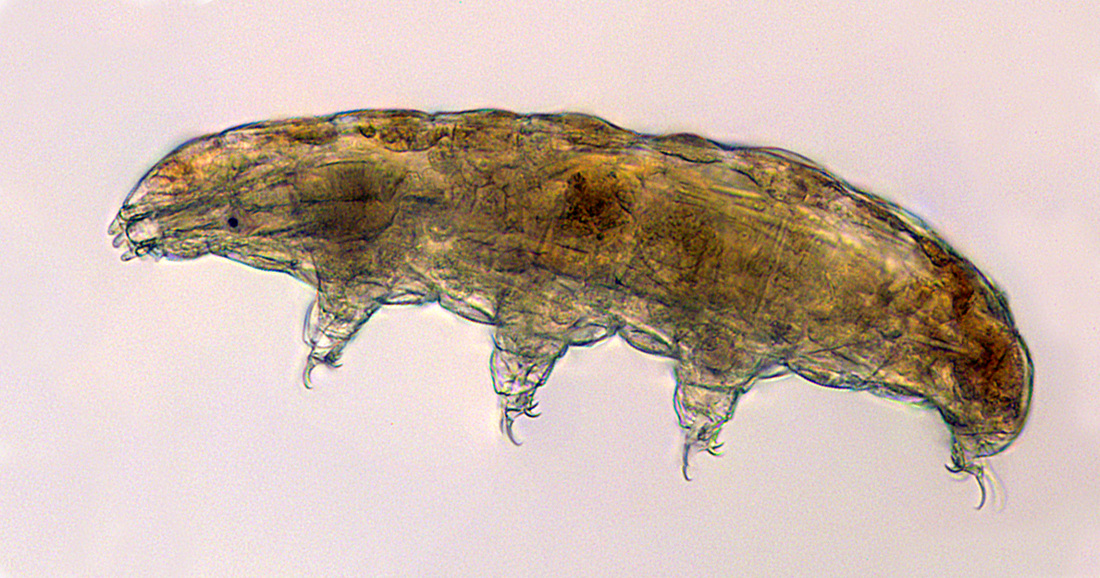
Thousands of water bears are on their way to the @Space_Station aboard a SpaceX Dragon capsule right now! After they arrive to station, researchers will study the microscopic creatures for clues that might help humans in space as well. https://t.co/QK8DRb2BiJ
— ISS Research (@ISS_Research) June 4, 2021
On-the-spot ultrasound
The handheld, commercial Butterfly IQ Ultrasound device could provide critical medical capabilities to crews on long-term spaceflights where immediate ground support is not an option. This study will demonstrate the use of an ultrasound unit alongside a mobile computing device in microgravity. Its results have potential applications for medical care in remote and isolated settings on Earth.
Developing better robot drivers
An ESA (European Space Agency) investigation, Pilote, test the effectiveness of remotely operating robotic arms and space vehicles using virtual reality and haptic interfaces. Pilote studies existing and new technologies in microgravity by comparing those recently developed for teleoperation to those used to pilot the Canadarm2 and Soyuz spacecraft. The study also compares astronaut performance in using the interfaces on the ground and during spaceflight. Results could help optimize workstations on the space station and future space vehicles for missions to the Moon and Mars.
Bonus power
New solar panels headed to station are made up of compact sections that roll open like a long rug. The ISS Roll-out Solar Arrays (iROSA) are based on a previous demonstration of roll-out panels performed on station. They are expected to provide an increase in energy available for research and station activities. NASA plans a total of six new arrays to augment the station’s power supply with the first pair launching on this flight. The Expedition 65 crew is scheduled to begin preparations for spacewalks to supplement the station’s existing rigid panels this summer. The same solar array technology is planned to power NASA’s Gateway in lunar orbit.
These are just a few of the hundreds of investigations currently being conducted aboard the orbiting laboratory in the areas of biology and biotechnology, physical sciences, and Earth and space science. Advances in these areas will help keep astronauts healthy during long-duration space travel and demonstrate technologies for future human and robotic exploration beyond low-Earth orbit to the Moon and Mars through Artemis.
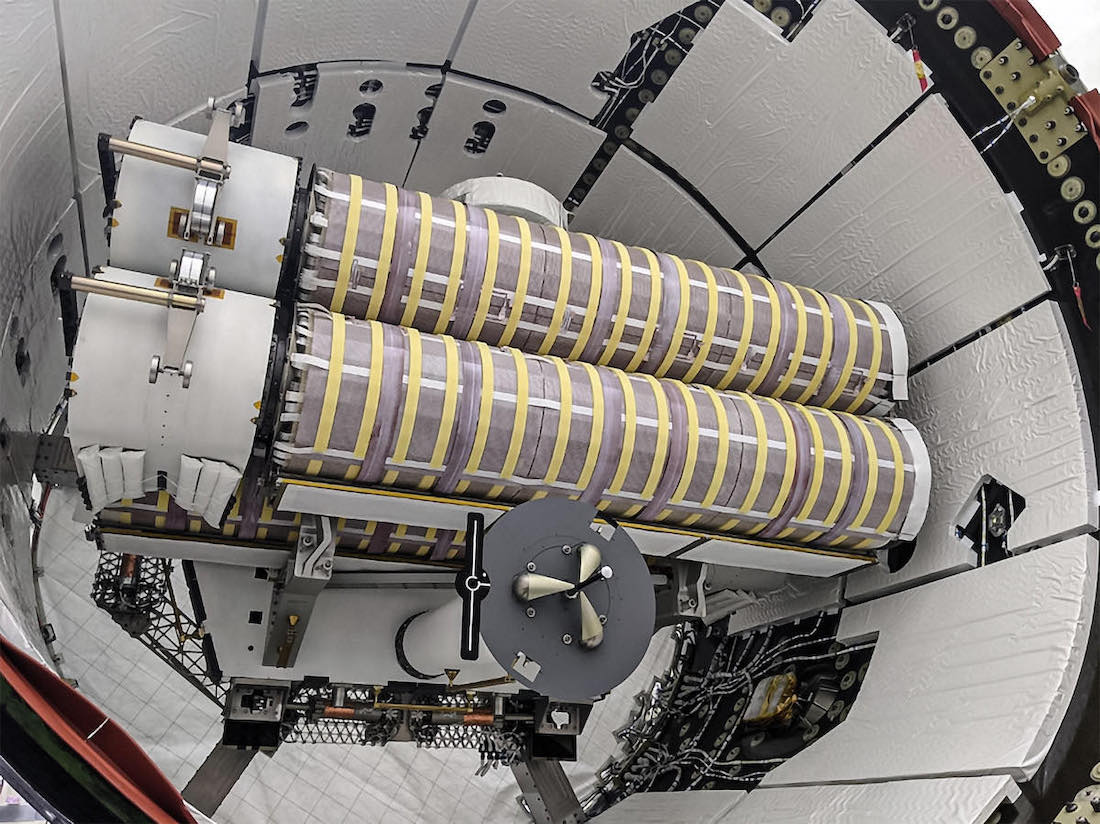
The launch manifest is as follows:
- ISS Roll-Out Solar Arrays: 3,042 pounds (1,380 kilograms)
- Science Investigations: 2,028 pounds (920 kilograms)
- Vehicle Hardware: 760 pounds (345 kilograms)
- Crew Supplies: 751 pounds (341 kilograms)
- Computer Resources: 129 pounds (58 kilograms)
- Spacewalk Equipment: 115 pounds (52 kilograms)
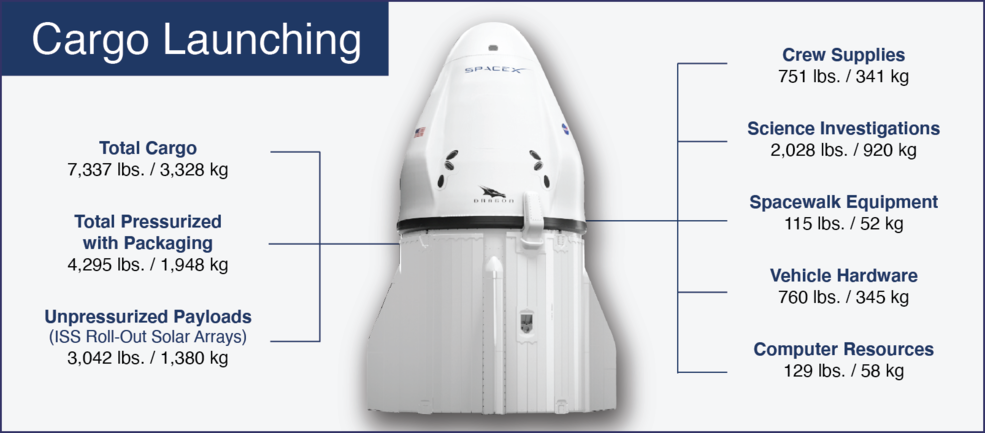
Since all went off well and ontime this CRS-22 mission was followed a few days later by the SpaceX Falcon 9 launch of the SXM-8 comsat for Sirius XM slated for overnight Sunday, June 6. Apparently all the issues with the payload are resolved. The prior SXM-7 suffered problems in orbit post launch.
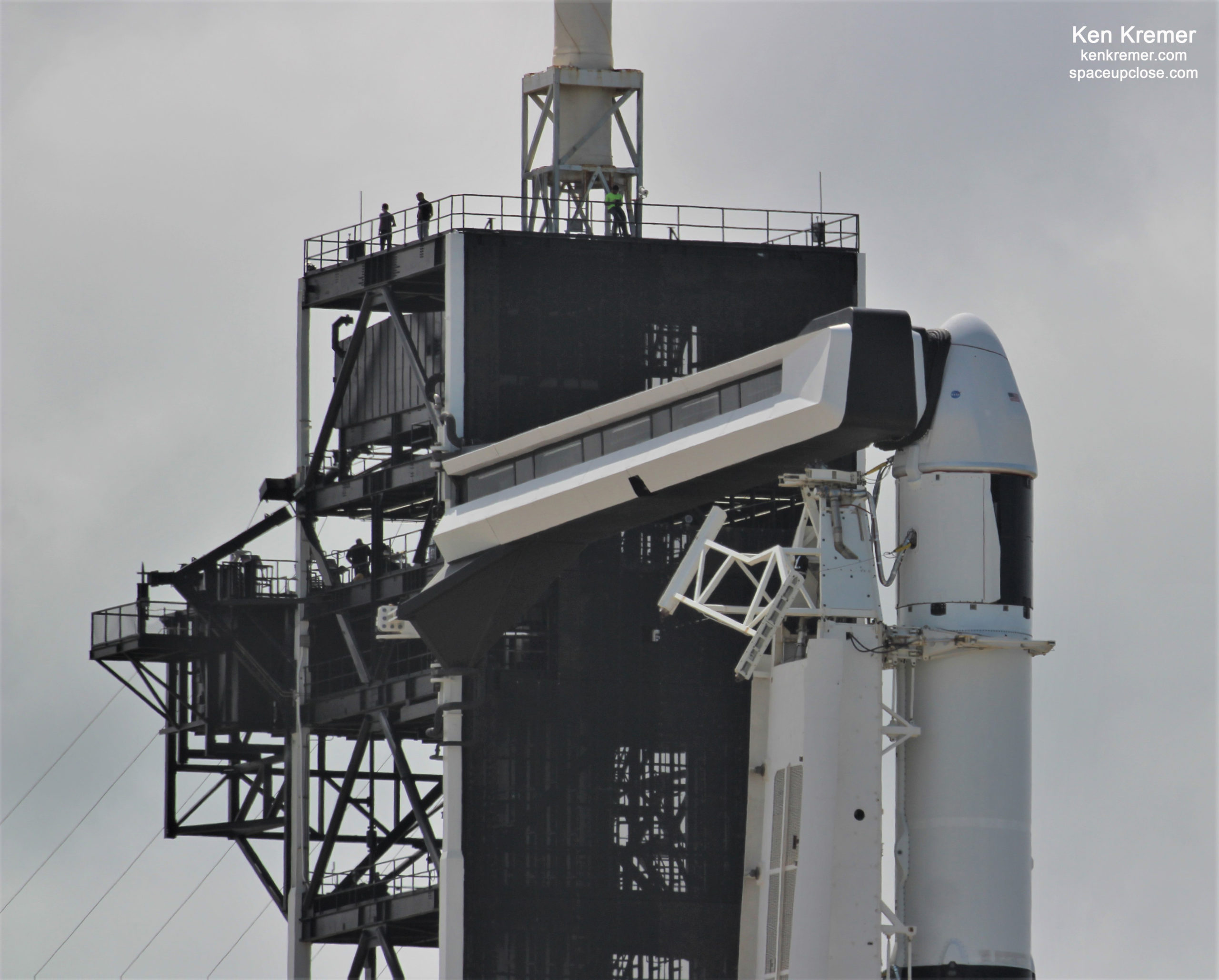
Ken is onsite at KSC for live reporting of the CRS-22 mission.
Watch Ken’s continuing reports about SpaceX Cargo and Crew Dragons, Artemis and NASA missions, SLS, Orion, SpaceX Starlink, Commercial Crew and Starliner and Crew Dragon and onsite for live reporting of upcoming and recent SpaceX and ULA launches including Crew 1 & 2, ISS, Solar Orbiter, Mars 2020 Perseverance and Curiosity rovers, NRO spysats and national security missions and more at the Kennedy Space Center and Cape Canaveral Space Force Station.
Stay tuned here for Ken’s continuing Earth and Planetary science and human spaceflight news: www.kenkremer.com –www.spaceupclose.com – twitter @ken_kremer – email: ken at kenkremer.com
Dr. Kremer is a research scientist and journalist based in the KSC area, active in outreach and interviewed regularly on TV and radio about space topics.
………….
Ken’s photos are for sale and he is available for lectures and outreach events
Please consider supporting Ken’s work by purchasing his photos and/or donating at Patreon:
https://www.patreon.com/kenkremer
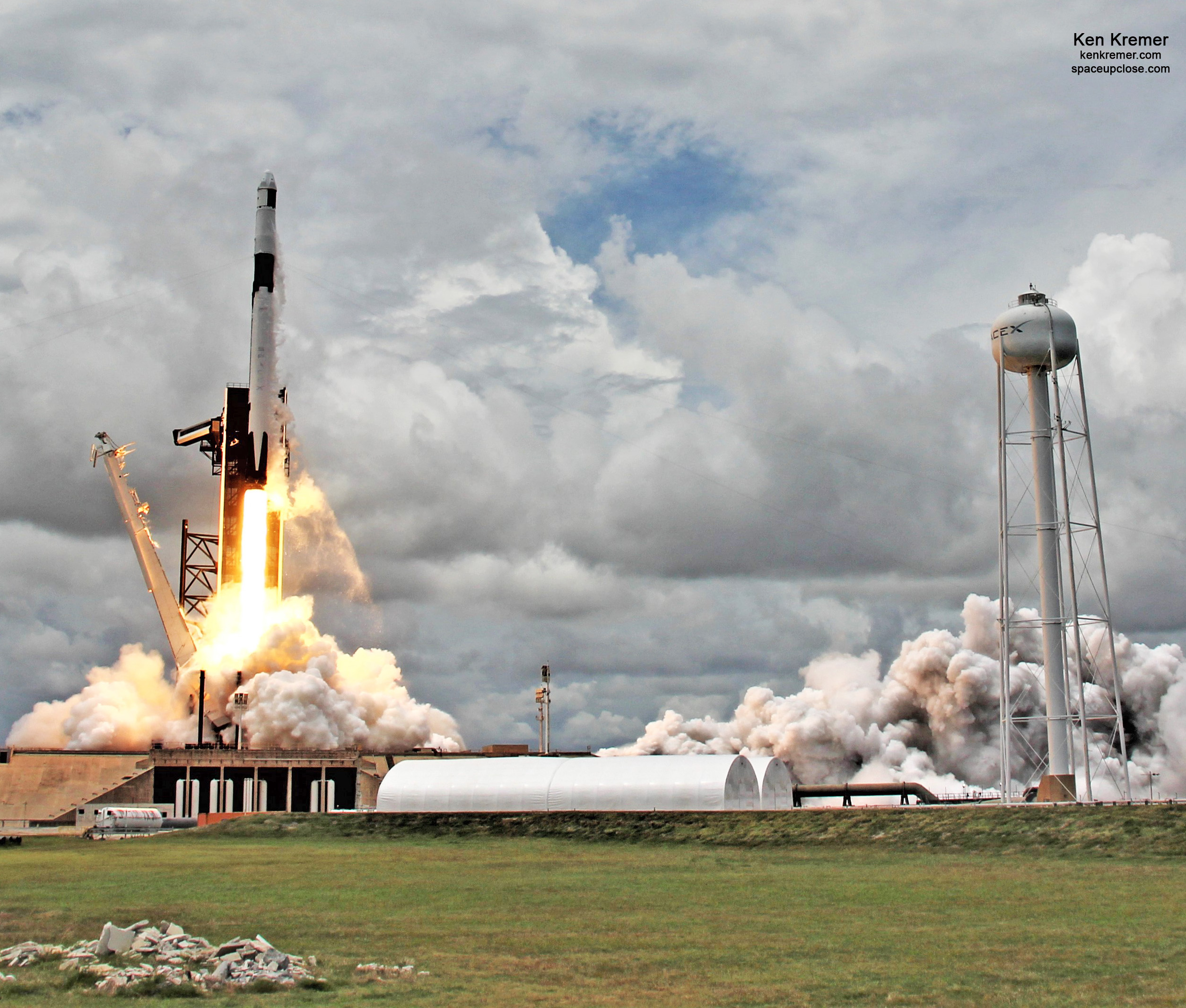
x



